Combined effects of PEG hydrogel elasticity and cell-adhesive coating on fibroblast adhesion and persistent migration Dimitris Missirlis and Joachim P. Spatz
| Erscheinungsform: | Aufsatz |
|---|---|
| Autor/Urheber: |
|
| Beteiligte: | |
| Umfang: | 11 |
| Anmerkungen: | Published: November 25, 2013 Gesehen am 13.10.2020 |
| Identifikatoren/Sonstige Nummern: | 1735443514 [PPN] |
| In: | Columbus, Ohio : American Chemical Soc., 2000 15(2014), 1, Seite 195-205 volume:15 year:2014 number:1 pages:195-205 extent:11 |
| Inhalt: |
|
| URL: | https://doi.org/10.1021/bm4014827 |
| Weiter im Partnersystem: | https://swb.bsz-bw.de/DB=2.1/PPNSET?PPN=1735443514 |





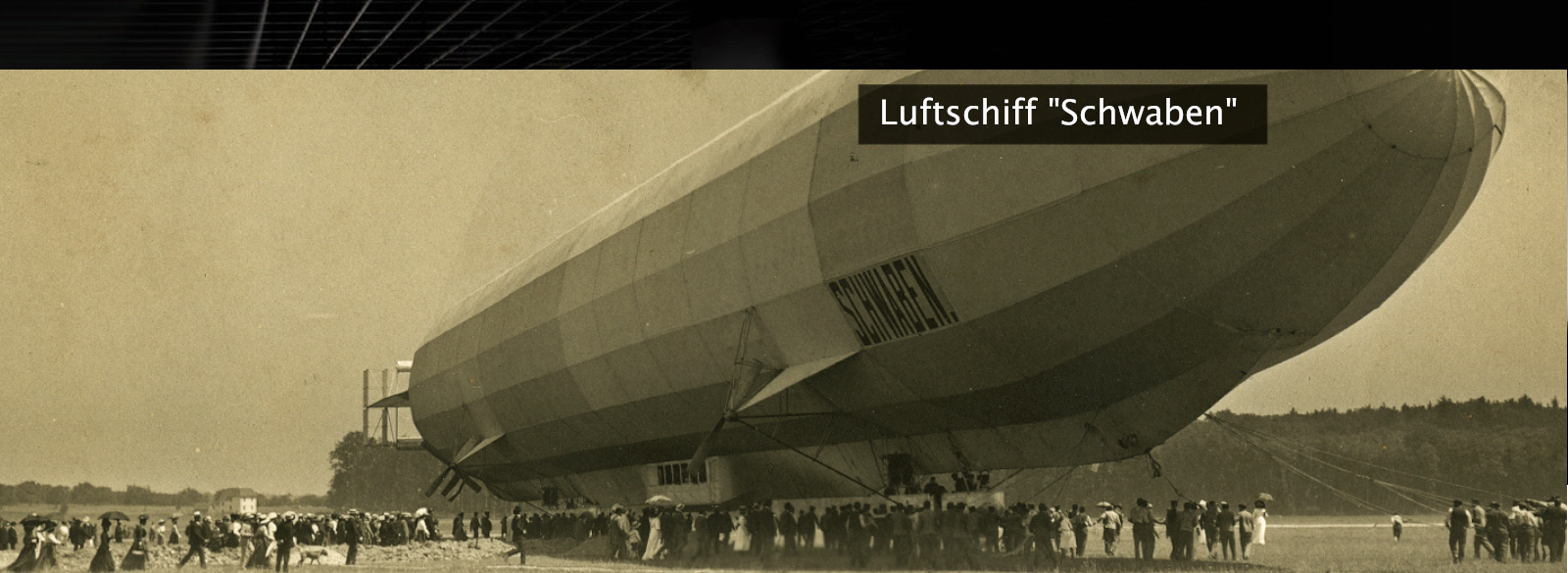
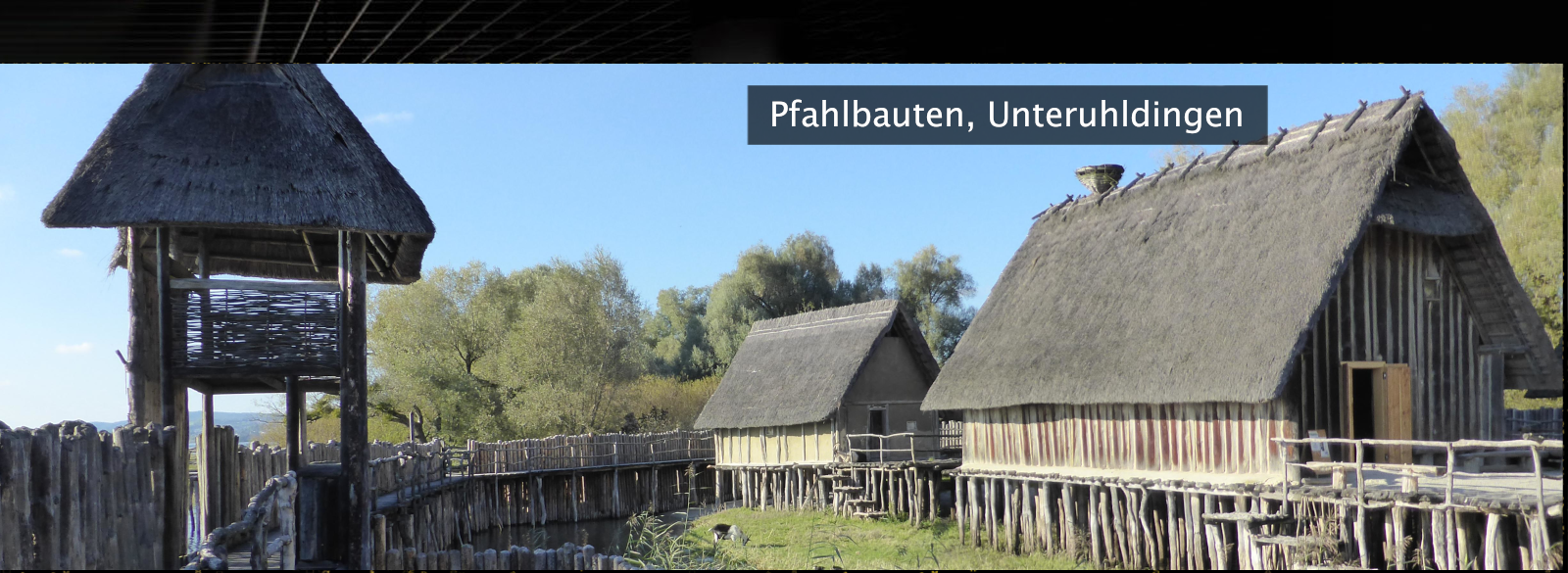



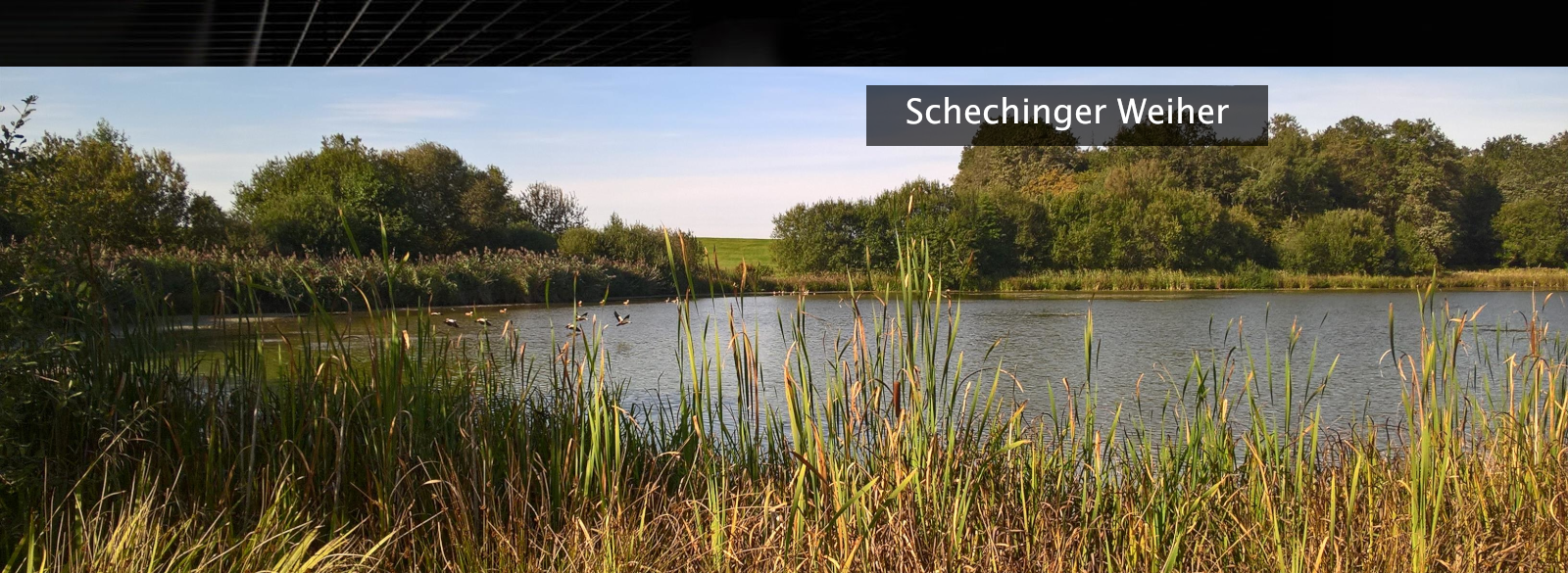

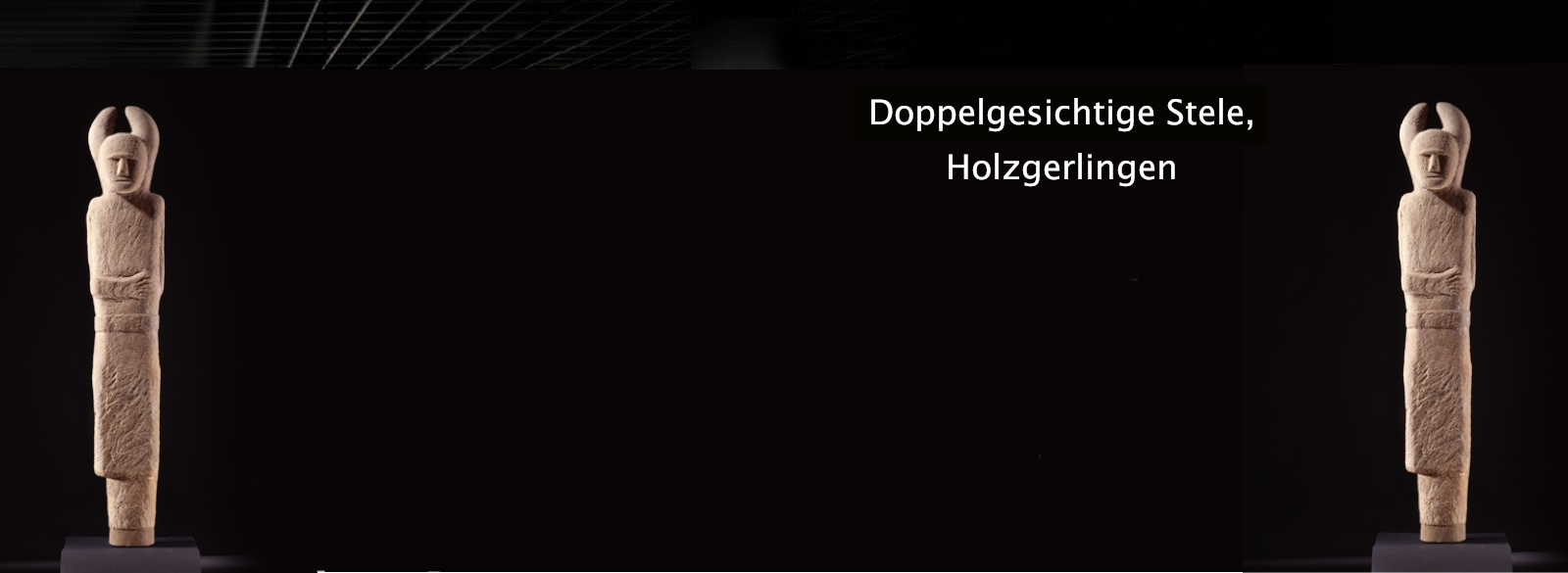
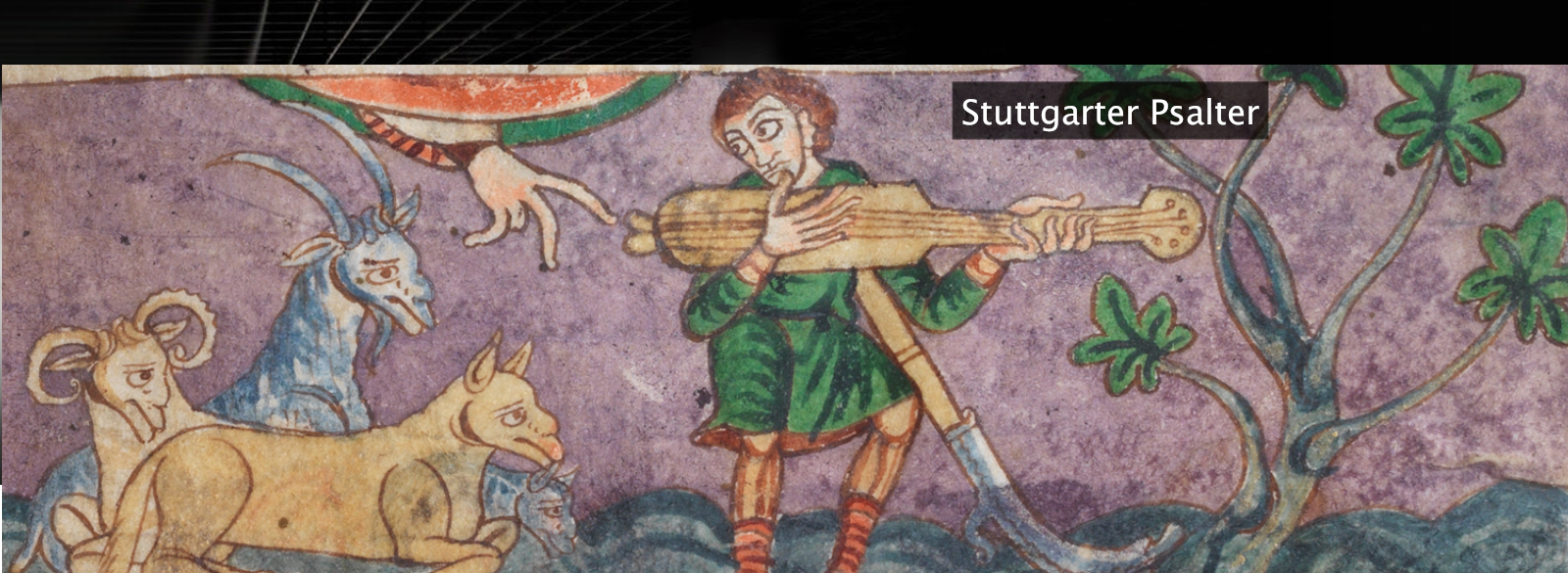
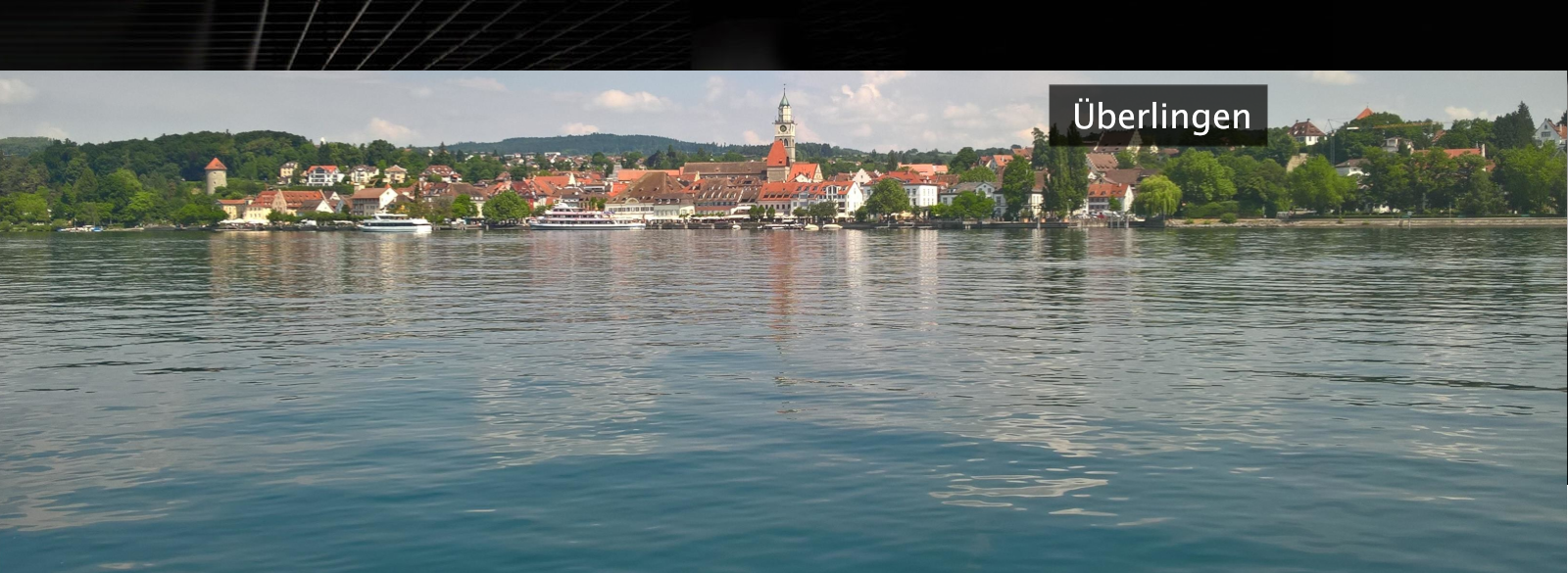

 leobw
leobw